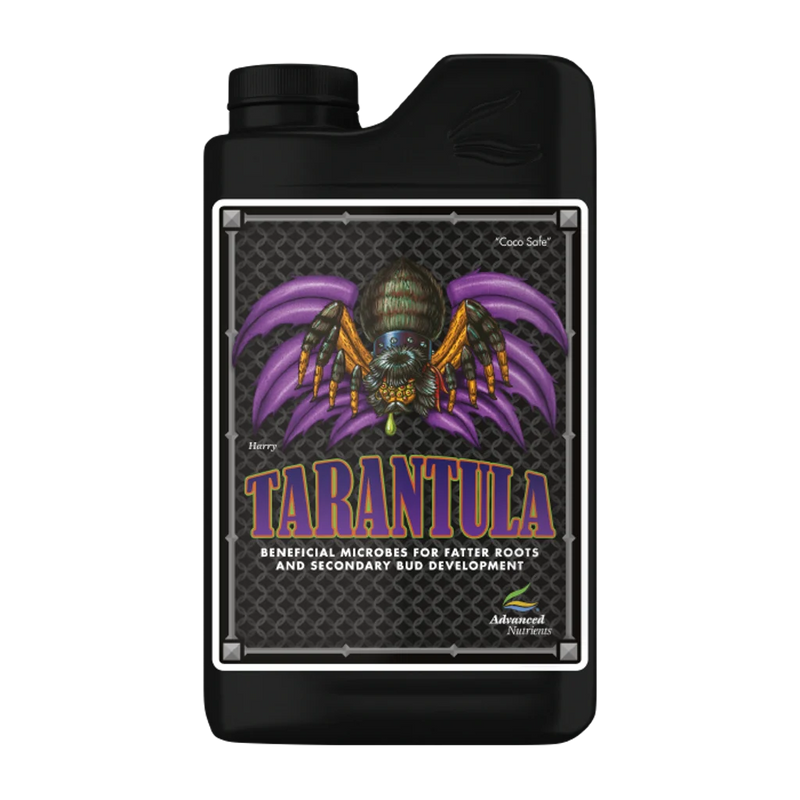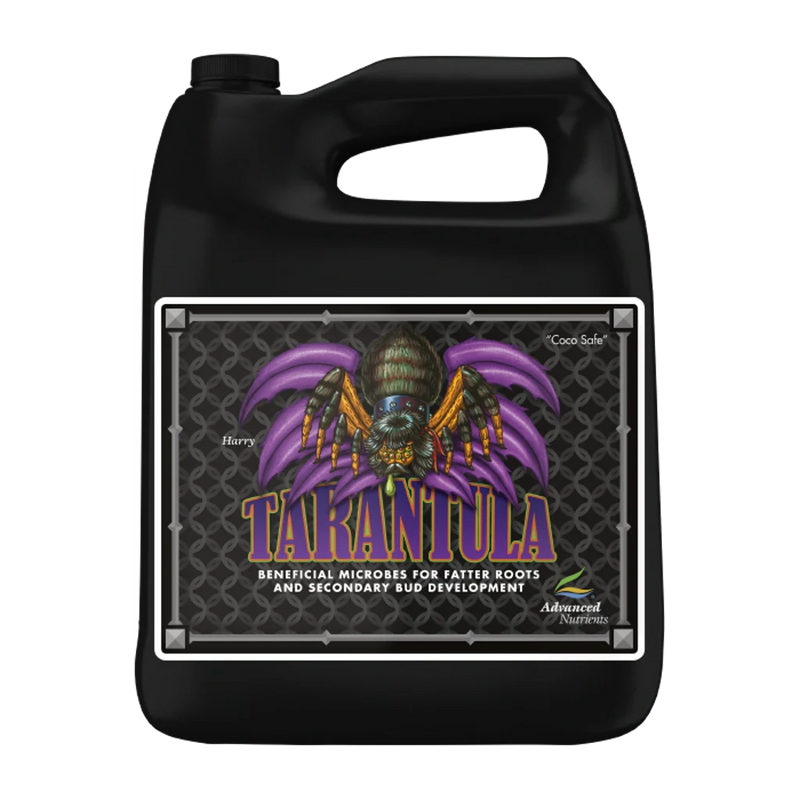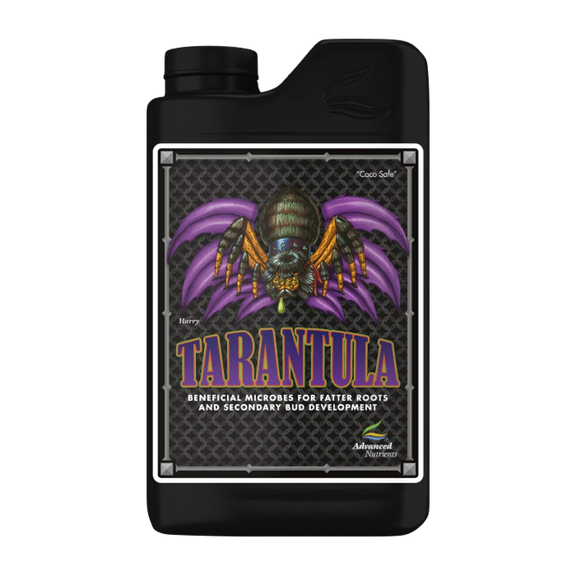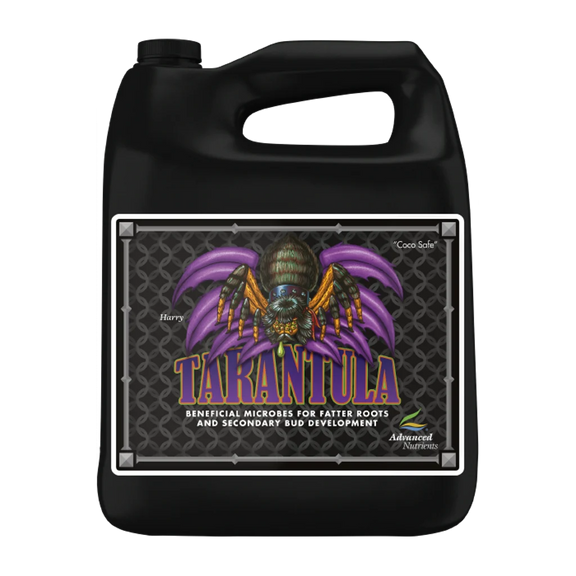

Your Roots Are The Gateway To Feeding The Right Flower-boosting Compounds Directly Into Your Plants
Your plants’ roots are the key to your yield size and potency, that’s what the research shows.
Yet the first thing you notice about most hydroponics roots zones is they are biologically sterile. Nothing other than roots is alive in them. When you focus on your roots, you might notice that they’re bare and spindly-looking. But healthy roots actually look healthy, not like most roots you’ll see. They’re “muscular,” intensely-branched, thickened, and robustly alive. You don’t see that kind of roots very often in hydroponics gardens unless you’ve imported beneficial microbes into your root zone.
But how do you do that?
- Decompose organic matter to create extra nutrition for your plants
- Maximize plant growth rates and yields
- Maximize nutrient uptake and solubility of minerals
- Enhance availability of phosphorous and improves conversion of atmospheric nitrogen to plant-available nitrogen
One other thing… for beneficial microbes products to be successful for you, they have to have a very high number of colony-forming units per gram. In simpler language, this means that the formula should have a high number of microbes per gram. Tarantula clocks in at just under 10 million viable bacteria per gram, making it by far the strongest of its type.
Not All Beneficial Root Microbes Formulas Are Created Equal
It’s confusing and frustrating when you go to a hydroponics store and see beneficial microbes formulas made by different manufacturers. Your obvious question is which of these is going to give me the biggest bang for my buck. One thing to remember is there are two very distinct processes manufacturers can choose from when they want to offer you beneficial microbes products.
The most common process happens when a hydroponics company calculates that it can save on production costs by hiring a third-party company to bulk produce/bulk combine microbes without testing them for specific plant appropriateness or microbial compatibility. And in the process they forfeit supervision of manufacturing and quality control. Not only that, but their process includes an overly generic view of microbes. For example, when someone talks about the microbe “Bacillus subtilis,” that strain name is really just the tip of the iceberg… it’s exactly like saying “General Motors” to describe a car, but you have no idea if it’s a Pontiac or a Chevy. And if it’s a Chevy, it could be either a Malibu or Corvette. So if you’re lucky, you got the Corvette – but you’re still left guessing if your Corvette has the 300 hp motor or if it’s a ZR1 Corvette with the 620 horsepower motor!
Obviously we absolutely make sure Tarantula microbes are always the ZR1 Corvette with 620 horsepower motor, not the Chevy Malibu!
 (231) 267-9001
(231) 267-9001

